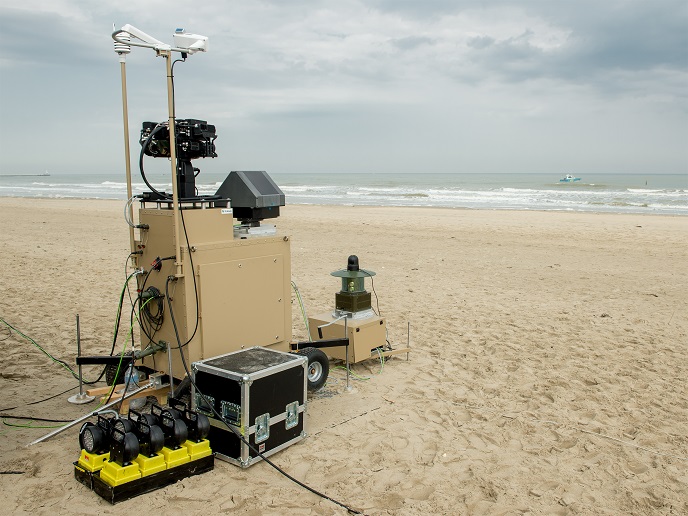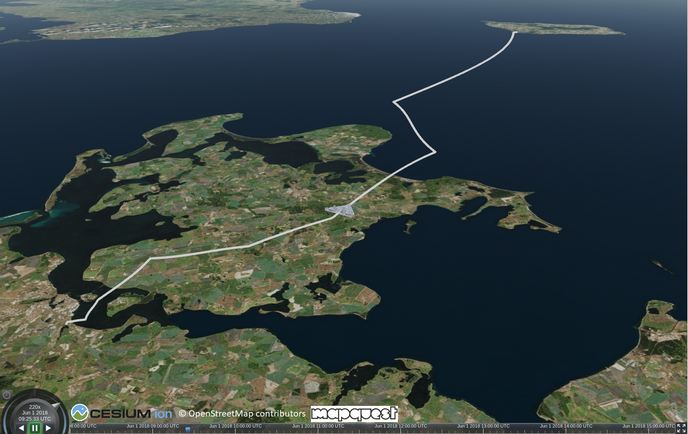Plugging gaps in threat detection at borders protects against small-scale agents
Recently, there has been a dramatic rise in very-small-scale agents used in the maritime border domain. Small vessels used by human traffickers and drones used by terrorists or drugs traffickers are examples of these small-scale threat agents. This introduces new challenges to border control. SafeShore(opens in new window) project coordinator Dr Geert De Cubber elaborates: “Currently, it is very difficult for law enforcement and border management authorities to deal with these new threats, as the radar cross section of these drones is too small to be detected by regular radar systems.” Project partners thus worked to fill gaps in detection capability with the development of a system capable of noting these small-scale threats. New threats call for new approaches SafeShore decided on a new approach to threat detection for two main reasons. First, radar-based solutions are very costly. Second, they are also ‘active’ systems, emitting radio waves. This makes it easy to detect the detector. The SafeShore system is built around a novel 3D LIDAR system, passive acoustic sensors, passive radio detection, and video analytics in the thermal and visual domain. All these sensors have their own advantages and disadvantages. Yet, none of them is extremely good on their own. “The real power of SafeShore lies in the data fusion engine that we built,” states Dr De Cubber. It can combine the different noisy sensor measurements and produce robust and coherent detection results. From concept to implementation In just two and a half years, the project achieved the conception of novel detection and data fusion mechanisms as well as the actual implementation and integration of these components. Dr De Cubber sees this as a major success, resulting in the project producing three fully functional prototype systems. Each prototype contains multiple sensors for detection and the data fusion engine. They each also create a virtual dome shield above the protected area. In the event a small-scale threat agent enters this virtual dome shield, an alert is passed to a remote Maritime Coordination Centre where human operators must then decide on the response. Taking to the seas The prototype detectors, which can be chained in succession to create a continuous detection line across the coast, have been tested in three locations. “We wanted to validate that the system works well in different scenarios and different countries,” the project coordinator explains. “We therefore organised validation campaigns in three European ‘seas’: the North Sea (Belgium), the Mediterranean (Israel) and the Black Sea (Romania).” Project partners employed a wide range of threat agents to field-test the detection system, including drones, various small vessels, jet skis, kitesurfers, swimmers and windsurfers. Each test revealed the SafeShore detection system could, to a certain degree, detect these small-scale threat agents both in the air and on water. Installed for lengthy periods at beaches across Europe, the systems also proved their versatility in rough conditions. Since their testing, SafeShore prototypes are now in the hands of end users for further validation. Dr De Cubber adds that multiple patent filings for SafeShore developments are also in progress.







